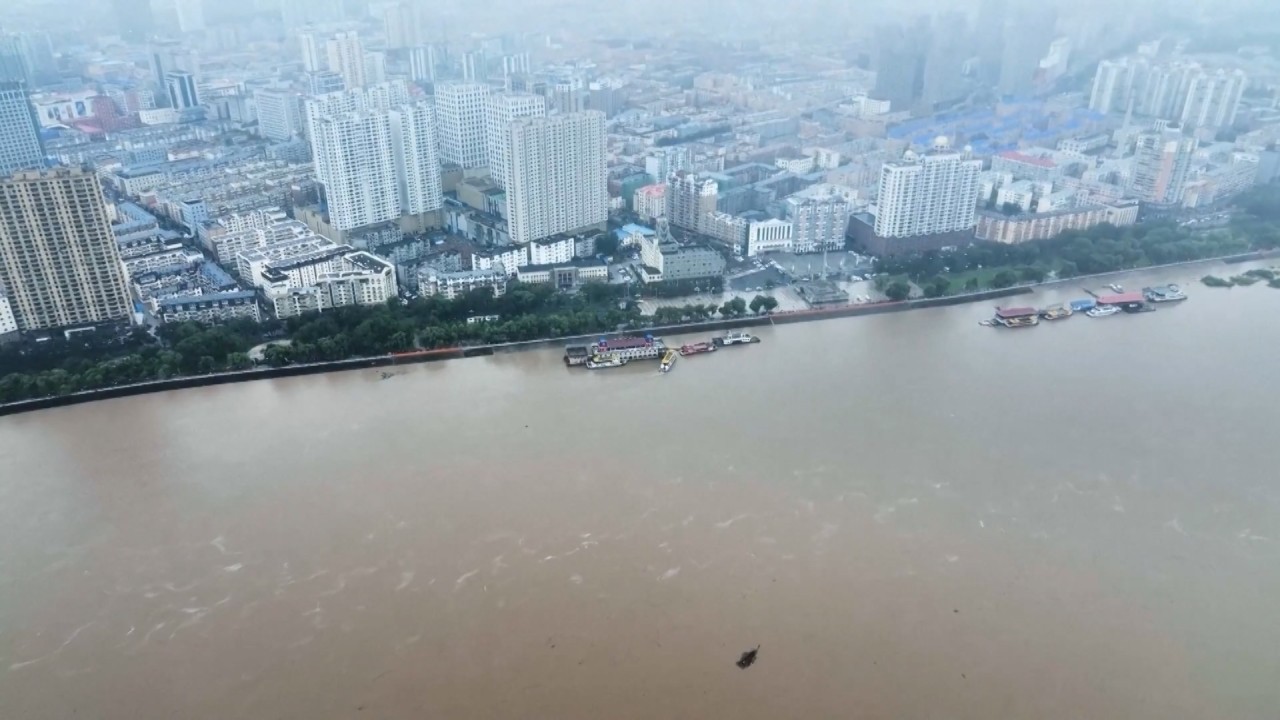
What can Beijing learn from the worst flooding in 140 years?
- Improvements needed in weather monitoring systems to combat increased extreme weather events
- Recent heavy rainfall recorded by meteorological stations in Beijing and Hebei exceeded all historical data
Lincheng, in the neighbouring Hebei province, experienced the highest rainfall, though, with 1,003mm falling between Saturday and Monday. That is equivalent to two years of rainfall in the region.
Precipitation across the area was also record-breaking, with daily rainfall recorded by four meteorological stations in Beijing and 10 in Hebei exceeding the historical maximums.
Doksuri and the subtropical high formed a north-south water vapour transport channel in eastern China. When it then encountered the obstacles of the Taihang and Yanshan mountains, it resulted in heavy rainfall.
Since the start of the 21st century, the number of heavy rainfall events had increased in northern China, Sun said.
“Reviewing historical patterns, during the 1950s to 1970s, the main rain belt was concentrated in northern China, which later shifted to southern China in the 1980s and 1990s. Since the beginning of the 21st century, the main rain belt has gradually moved northward again,” he said.
China’s NGO teams rushing to flood-hit areas ‘told to wait for official invite’
“From a historical perspective, northern China is currently experiencing a period of increased heavy rainfall, leading to more frequent extreme weather events and a notable rise in flood occurrences.”
It is therefore critical for meteorological and hydrological departments to improve their forecasts and warning ability, as well as for cities to improve their disaster prevention and mitigation capacity, according to experts.
Zhang Jianyun, former head of the Nanjing Hydraulic Research Institute, told a webinar on Wednesday that China should strengthen research on the mechanism of extreme rainstorms and improve the accuracy of weather forecasts.
He said the nation’s hydrological monitoring and warning, in particular, needed to be strengthened.
“Many of our hydrological stations are in rural areas and in poor condition. When the flood comes, the station can be washed away, affecting the monitoring equipment and information reporting,” he said.

Zhang was head of the expert group organised by the State Council to investigate the devastating flooding event in the central city of Zhengzhou in 2021, which left 398 people dead or missing.
The group’s report, released in January 2022, called for authorities to enhance the integrated management of early warning and response, and improve the capacity of cities to prevent or mitigate disasters.
“It is predicted that extreme precipitation intensity in high-altitude regions will increase at roughly twice the rate of low-altitude regions,” Sun said. “For every 1 degree Celsius rise in temperature, extreme precipitation intensity in high-altitude regions is projected to increase by about 15 per cent.”
His team found in a 2020 study that Beijing was among the six cities in eastern China with the highest level of waterlogging risk.
“The findings emphasised the formidable challenges encountered by cities in northern China owing to deficient drainage systems, limited river networks and inadequate urban green space planning, making them highly vulnerable to severe flooding during unexpectedly heavy rainfall events,” Sun said.



